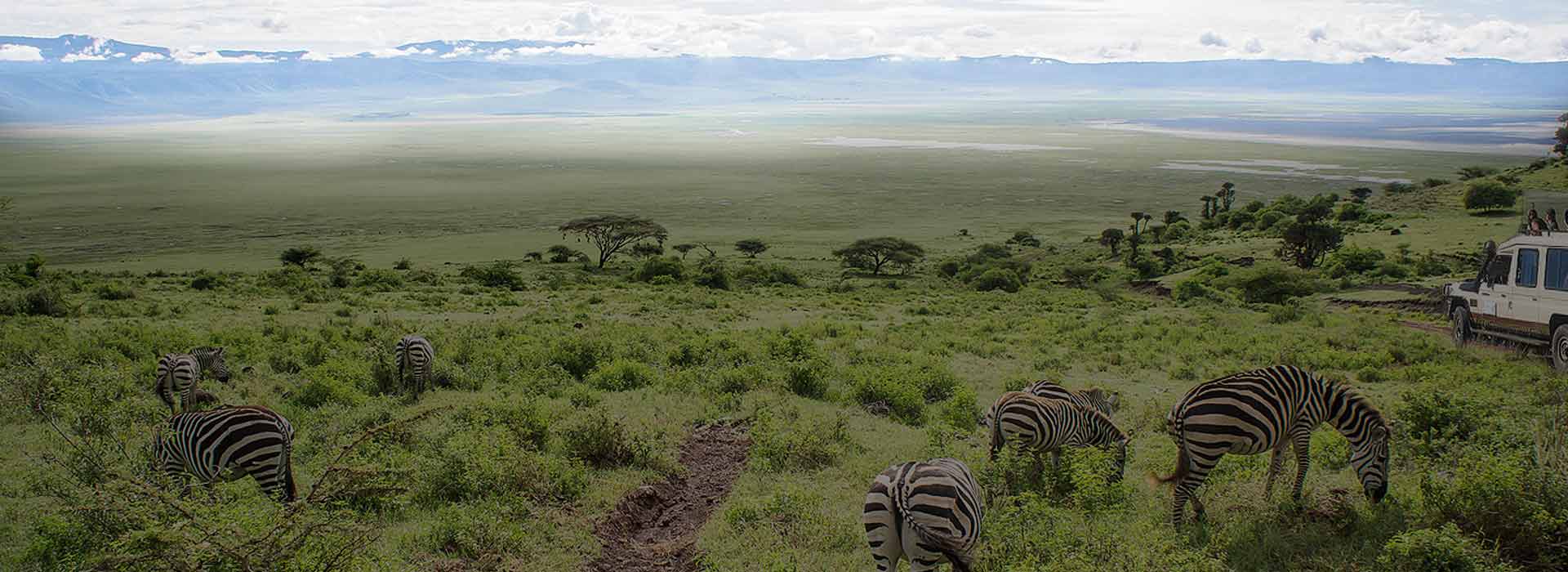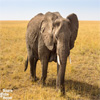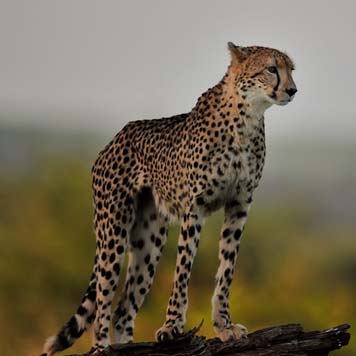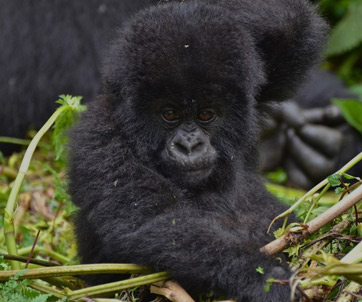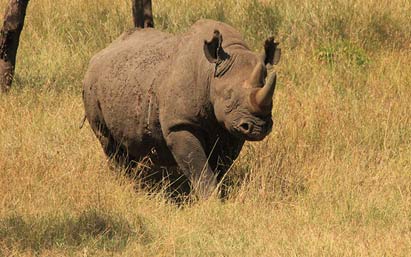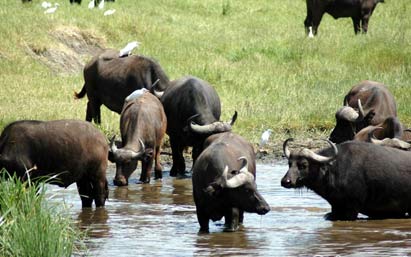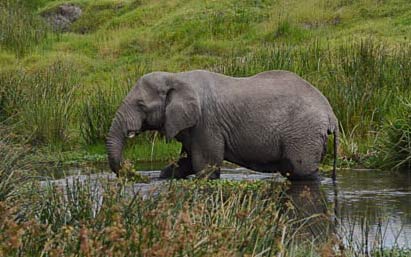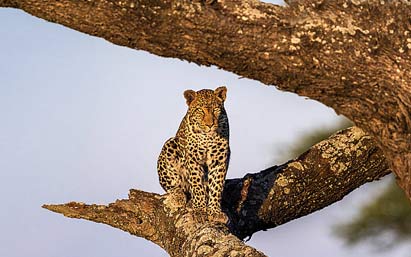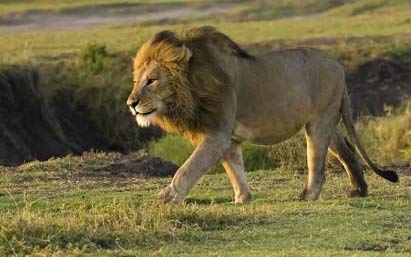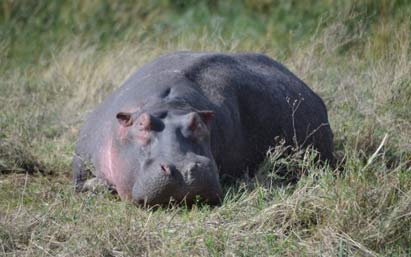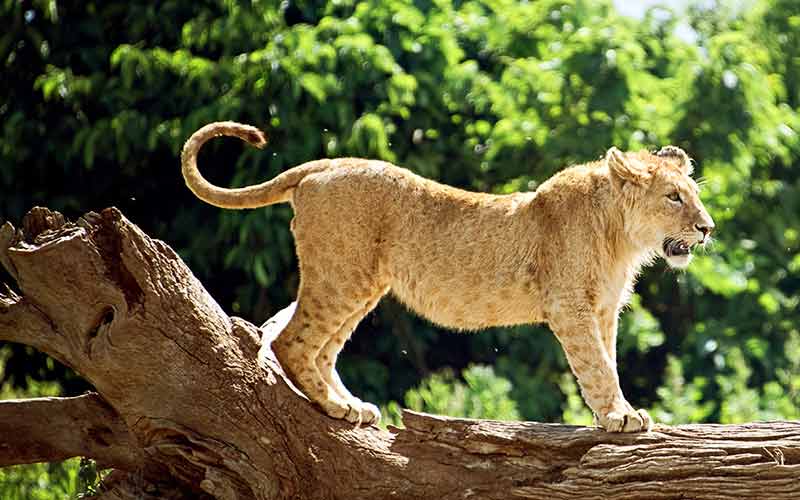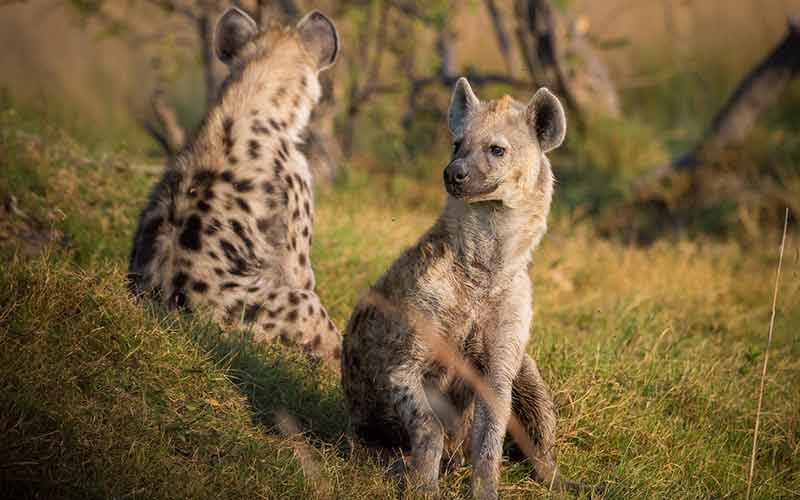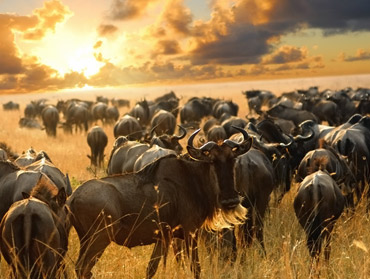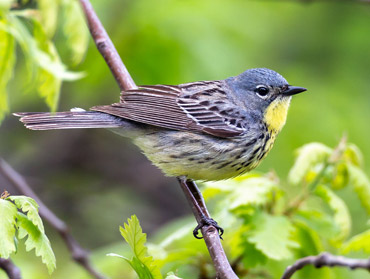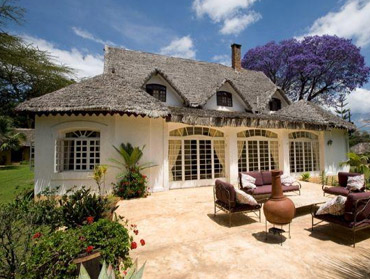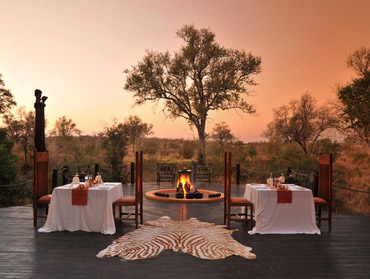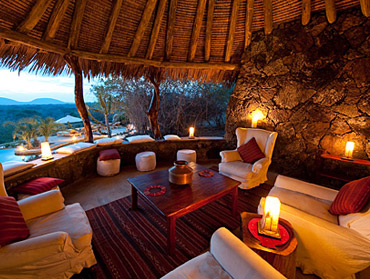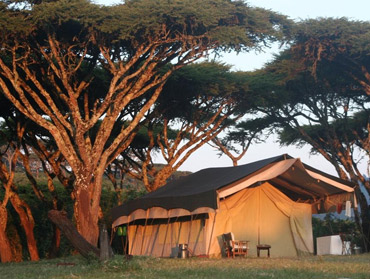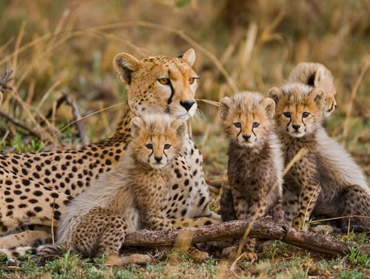Ngorongro Conservation Area
Covering an area of 8292 square kilometres, Ngorongoro conservation Area includes the world’s largest caldera, the spectacular Ngorongoro Crater. The property has global importance for biodiversity conservation.
The Ngorongoro Conservation Area encompasses vast of highland plains, savanna woodlands and forests, offering one of the richest wildlife viewing opportunity on the African continent. Touching the boarder of Serengeti National Park, the dramatic Ngorongoro highland is famous for its enormous calderas and spectacular vistas.
Forming a spectacular bowl of about 265 square kilometres with sides up to 600 metres deep; the Ngorongoro Crater is the world’s largest volcanic caldera and it is home to approximately 30,000 animals and most importantly The “Big Five”( lions, leopards, buffaloes, elephants and rhinos) . The Crater rim is over 2,200 metres high and from this high vantage point, it is possible to spot the tiny shapes of animals making their way around the crater floor far below. Swathes of cloud hang around the rocky rim most days of the year and it’s one of the few places in Tanzania where it can get cold at night.
All these different environments attract wildlife to drink, graze, wallow, hide or climb. Although animals are free to move in and out of this enclosed environment, the rich volcanic soil, lush forests and spring source lakes on the crater floor tend to incline both grazers and predators to hang about throughout the year.
